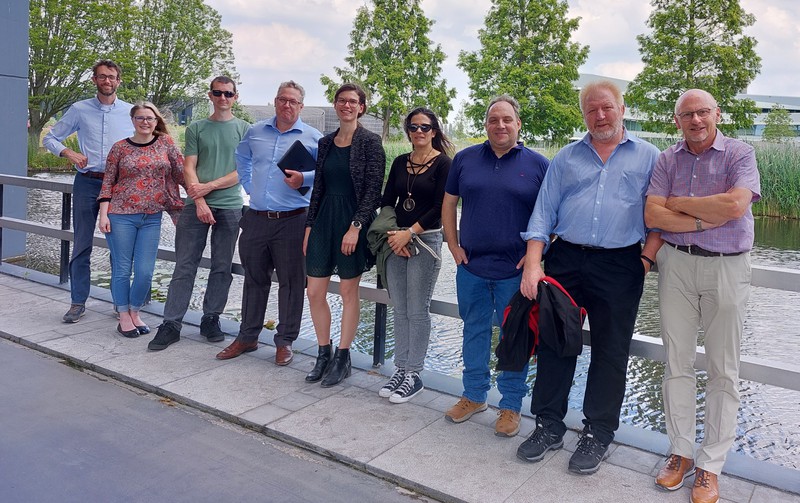Joint PIANC-CEDA-IADC Working Group on environmental windows
Background
Environmental windows and seasonal restrictions are a common measure used to mitigate impacts of navigation infrastructure construction- and maintenance works such as dredging. Defining these windows in a sound manner is a challenging but important part of the mitigation process and should be based on the local ecological-, physical- and social environment, type-, intensity- and frequency of the works and existing rules and regulations whilst taking into account the existing background situation.
Previous PIANC, CEDA and IADC Working Groups (WG) have developed procedures and knowledge which can be used to define scientifically sound, realistic and practical working windows and seasonal restrictions. A lot of knowledge was gained on understanding impacts of dredge related works such as the biological assessment of dredged material, evaluating whether sediments to be dredged are appropriate for use beneficially or require special handling, as related to navigation and port infrastructure.
However, these reports did not address specific tools, steps, and practices needed to evaluate seasonal environmental restrictions currently being placed on navigation works and dredging and dredging placement / disposal operations. A new effort is proposed to fill this gap by developing a practical guide to assist those tasked with making such decisions such as regulators, project owners and stakeholders planning- & designing projects.
The report will further define these environmental windows, overall accepted to be a common management (mitigation) practice used to minimize or avoid stresses from navigation infrastructure works on resident and transient biota. Working windows are times during which works such as dredging and dredged material disposal are allowed, whereas seasonal restrictions are periods during which these activities are prohibited.
Seasonal restrictions are imposed based upon the assumption that potential detrimental exposures could cause significant harm during these predetermined periods. Such timeof-year constraints are associated with execution of projects in many navigation infrastructure areas globally. They often complicate contracting schedules (constricting
them), add challenges with respect to availability of dredge plant, impact safety of works and substantially inflate the cost of the works whilst often not being based on factual data.
Objective
The objective of the proposed WG is to provide a framework (i.e. a method or approach) which is accessible (easy to understand and apply) and robust (consistently yields the correct result), which can be applied universally in cases where seasonal restrictions on
navigation infrastructure works may be considered. The framework provides guidance on how to define the intensity (what is possible) and the ‘borders’ (how long) the seasonal restrictions need to be implemented. It is recognized that uncertainty and risk are key factors in the decision-making process relating to seasonal restrictions, as such these will be important topics for the Working Group.
The framework should be applicable to waterborne transport infrastructure projects in both coastal and inland waterways. The approach will draw from existing approaches and best practices worldwide. It will build on the work of CEDA/IADC (2018) and PIANC WG175. The WG will work closely with other proposed WGs related to Working with Nature (WwN) and ecosystem goods and services (EGS) within the PIANC, CEDA and IADC organizations to ensure consistency among the WGs and sector globally.
The WG should develop a practical methodology for identifying the potential impact and managing the likely effects of navigation infrastructure and dredging works in the context of natural variations in time (short to long term) and space, (e.g., floods, storms, near field/far field), other activities that cause resuspension of sediments (e.g., commercial shipping, storm runoff, etc.) and the ability of the identified habitats or species to recover from or compensate for effects, i.e., temporary as opposed to permanent effects (e.g., Building with Nature species response curves).
Managing project risks involves considering multiple processes (e.g., physical, chemical, biological, socioeconomic, etc.) operating over broad spatial and temporal scales. Large uncertainties related to these processes prevent clear projections about the future performance of risk management actions. The effectiveness and choice of the management of risk involves both large economic and environmental costs and is further complicated by the diverse range of policies, perspectives, risk attitudes and personal values that drive risk management decision making.
The decision-making framework is to be designed to deliver robust management decisions with respect to the need or otherwise for seasonal restrictions, the nature of these and the (local) evidence supporting them, along with guidance for review of those restrictions already in place.
